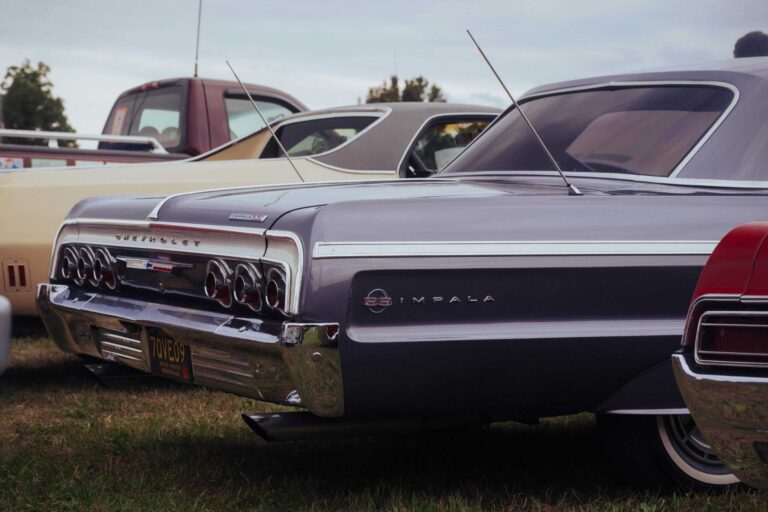Hurricane Preparedness Checklist: 4 Ways to Protect Your Home and Family
Let’s be honest—Mother Nature doesn’t send courtesy emails before she decides to throw her next tantrum. And while we can’t exactly negotiate with hurricanes (trust me, I’ve tried), we can at least take heed to hurricane preparedness ourselves for when these spinning monsters decide to crash our party uninvited.
Look, I get it. Hurricane preparedness sounds about as exciting as watching paint dry, but here’s the thing: being caught unprepared when a Category 4 hurricane is breathing down your neck is far worse than spending a weekend getting your act together. So grab your coffee, put on your adulting pants, and let’s dive into this comprehensive guide that might just save your bacon—and your home.
Essential Hurricane Preparedness Supplies
First things first—let’s talk about the stuff you actually need for hurricane preparedness, not just the random items you panic-bought during your last grocery store stampede.
Water is life (literally). You need one gallon per person per day for at least three days. That means if you’re a family of four, you’re looking at 12 gallons minimum. And no, that half-empty water bottle you found under your car seat doesn’t count.
Food that won’t betray you when the power goes out is crucial. Stock up on non-perishable items like canned goods, crackers, peanut butter, and energy bars. Pro tip: now’s not the time to go on that fancy diet you’ve been postponing. Calories equal energy, and you’ll need both.
Power alternatives are non-negotiable. Battery-powered or hand-crank radio, flashlights, and enough batteries to power a small city. Your phone’s flashlight won’t cut it when you’re dealing with extended power outages.
Securing Your Home Against Hurricane Damage
Your house isn’t going anywhere (hopefully), so let’s make sure it can weather the storm—literally.
Windows and doors are your home’s weak points. If you live in a hurricane-prone area and don’t have storm shutters, you’re basically playing Russian roulette with flying debris. Plywood works in a pinch, but proper storm shutters are worth the investment if you plan on staying put.
Clear the decks—and by decks, I mean everything outside that could become a projectile. That adorable garden gnome? He’s now a potential missile. Patio furniture, potted plants, grills, and anything else that isn’t nailed down need to come inside or be adequately secured.
Gutters and drainage might seem boring until your house is doing its best swimming pool impression. Clean those gutters and ensure proper drainage around your property. Standing water is nobody’s friend during hurricane season.
Creating Your Family Emergency Plan
This is where things get real. Having a plan isn’t just smart—it’s potentially life-saving.
Know your evacuation zone before you need to use it. Many coastal areas have designated evacuation zones, and trust me, you don’t want to be googling this information while 90 mph winds are rattling your windows. Check with local emergency management to understand your specific risk level.
Communication strategy is vital when cell towers start looking like pick-up sticks. Designate an out-of-state contact person who can serve as a central communication point for scattered family members. It’s often easier to call long-distance than locally during disasters.
Special needs planning can’t be an afterthought. If anyone in your family requires medications, medical equipment, or has mobility issues, plan accordingly. Register with local special needs shelters if necessary, and don’t wait until the last minute to make these arrangements.
Financial and Document Protection
Money talks, but it whispers real quietly when it’s waterlogged.
Important documents should be stored in waterproof containers or bags. We’re talking birth certificates, insurance policies, bank account information, and identification documents. Pro tip: scan everything and store digital copies in cloud storage—technology can be your friend when everything else fails.
Cash reserves are essential for hurricane preparedness because ATMs and credit card machines have this annoying habit of not working when the power’s out. Keep enough cash on hand to cover several days of expenses.
Insurance review should happen before storm season, not during it. Understand what your homeowner’s insurance covers and what it doesn’t. Spoiler alert: standard policies typically don’t cover flood damage—that requires separate flood insurance.
Post-Storm Safety and Recovery
Congratulations, you survived! Now comes the fun part—dealing with the aftermath.
Safety first might sound cliché, but downed power lines don’t care about your schedule. Assume all power lines are live, avoid standing water that might be electrically charged, and be cautious of structural damage that might not be immediately obvious.
Documentation for insurance starts immediately. Take photos of all damage before you start cleanup. Your insurance company will want proof, and your memory isn’t as reliable as you think it is, especially when you’re running on adrenaline and minimal sleep.
The reality is that hurricane preparedness isn’t glamorous, but neither is explaining to your insurance adjuster why you didn’t take basic precautions. Mother Nature bats last, and she’s got a wicked curveball. The best defense is a good offense—and by offense, I mean actually practicing hurricane preparedness instead of hoping for the best.
Remember, disasters don’t make appointments, and they certainly don’t care about your weekend plans. Take the time now for hurricane preparedness, because when that hurricane warning goes from “possible” to “imminent,” you’ll be grateful you did hurricane preparedness homework instead of joining the crowd of unprepared folks fighting over the last case of water at the grocery store.







